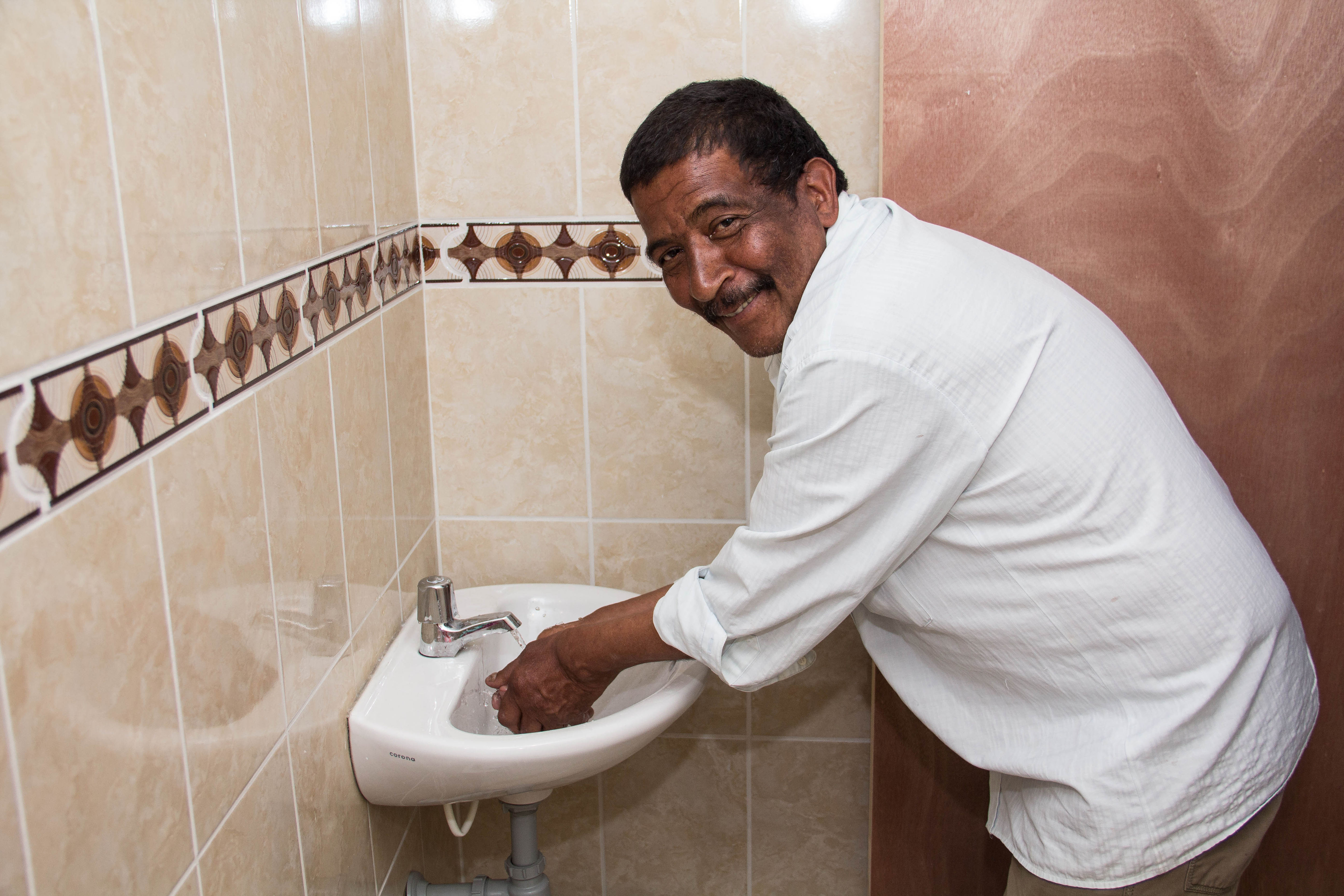Status
ongoing
50%
City
Medellín
Main actors
City Government
Project area
Whole City/Administrative Region
Duration
Ongoing since 2013
Increasing access and mobility for people with disabilities
Although not always visible, there are significant numbers of disabled people living in low-income communities. ISVIMED, the agency responsible for managing social housing in the city of Medellín, estimates that 12% of the Medellín population is disabled. Disability Awareness in Action, the global human rights for disability network states that “There is a strong relationship between poverty and disability. Poverty can be linked to a higher risk of acquiring a disability, once a person has a disability, they are more vulnerable to becoming poor”.
Disabled people on low incomes face significant challenges. Poor access and inadequate housing mean they are often housebound and need constant support at home. The Improvement without Barriers (Mejoramiento Sin Barreras) programme focuses on advancing the living conditions of people with mobility difficulties by providing them with specifically designed bathrooms and improved access routes to their homes. This improves the quality of life for people living in some of the city’s poorest neighbourhoods.
World Habitat Awards
This project was shortlisted for the 'World Habitat Awards' in 2015 in the following category: Finalist.
External links / documents
On Map
The Map will be displayed after accepting cookie policy


